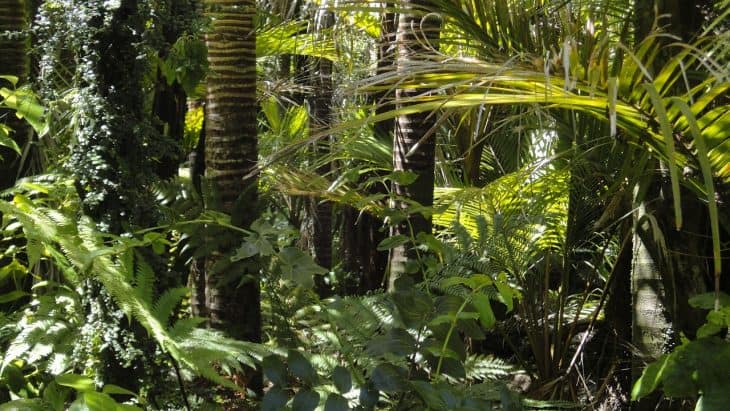
As the largest tropical rainforest in the world, the Amazon Rainforest holds many hidden wonders of nature. Unfortunately, the forest has suffered the effects of climate change over the years. Despite this fact, the Amazon Rainforest remains as a world of its own. With an abundance of flora and fauna as well as indigenous culture, it’s safe to say that the Amazon has one of the richest ecosystems in the world. Explore the secrets of this forest for yourself with these Amazon Rainforest facts.
- The Amazon Rainforest covers 5.5 million square kilometers.
- About 400-500 indigenous tribes live in the Amazon rainforest.
- The Amazon Rainforest houses at least 40,000 plant species.
- Approximately 10 million species of plants, insects, and animals live in the Amazon Rainforest.
- The rainforest has existed for around 55 million years.
- The Amazon Rainforest is predominantly moist with broad-leaf growths.
- The Amazon Rainforest lies within the borders of 9 nations.
- Interestingly, most of the Amazon basin is covered by the Amazon Rainforest.
- Amazon natives use about 90% of the plants in the rainforest regularly.
- Due to tribe diversity, 170 languages are used in the Amazon Rainforest.
- The Amazon rainforests have thick and packed trees. Due to this, it takes 10 minutes for the water to reach the ground when it rains.
- The Amazon Rainforest’s life force is the Amazon River.
- The 2005 and 2010 droughts destroyed most of the rainforest’s vegetation.
- Poisonous dart frogs and vampire bats live in the Amazon Rainforest.
- If the world’s temperature climbs up to 3 degrees Celsius due to climate change, 75% of the Amazon Rainforest will be destroyed.
- Called the Lungs of the Planet, the Amazon Rainforest produces 20% more oxygen than the rest of the world.
- Among all creatures in the Amazon Rainforest, toucans are the loudest.
- Around 3000 edible fruits grow in the Amazon Rainforest.
- At least 50 tribes in the Amazon Rainforest have never been in contact with anyone outside.
- Dangerous and spiders are native to the Amazon rainforest, including the anaconda.
Amazon Rainforest Facts Infographics

The Amazon Rainforest basin covers at least 40% of South America.
One of the widely-known Amazon Rainforest facts is its status as the biggest rainforest in the world. At 7.8- 8.20 million square miles, it’s larger than the Indonesia and Congo rainforests combined. In total, the Amazon also houses a population of over 30 million people.
The Amazon Rainforest has a rich ecosystem.
The lush forests of the Amazon boasts a rich ecology of 1,300 bird species, 2.5 million insect species, 430 mammals, and 3,000 fish species. Aside from its diverse animal life, the forest also holds 40,000 different plant species.
The Amazon Rainforest is home to many deadly species.
The Amazon Rainforest is a diverse environment where electric eels, jaguars, venomous snakes, and flesh-eating piranhas live. Definitely one of the Amazon Rainforest facts to remember if you plan on making the trip anytime soon.
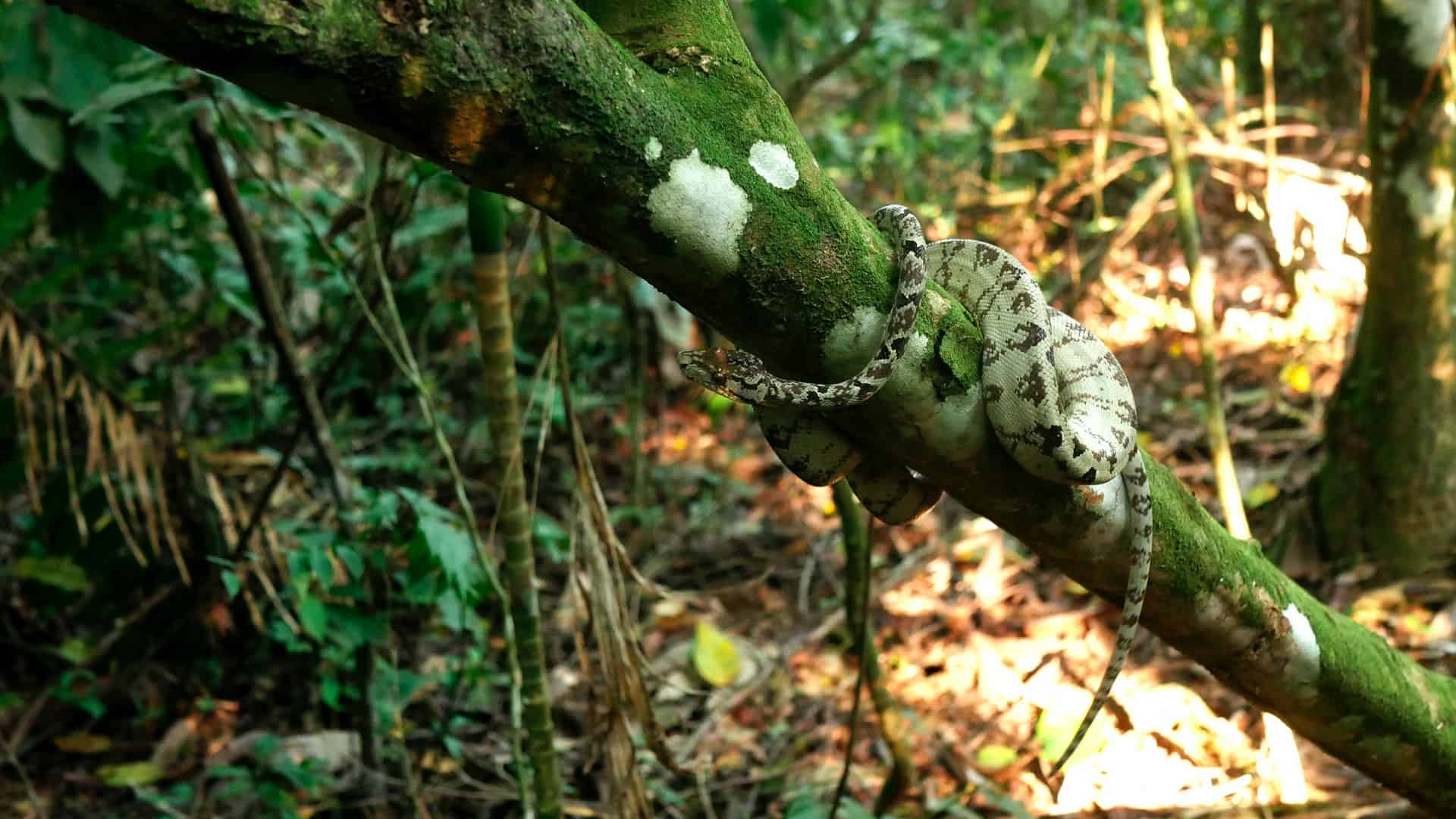
The Amazon Rainforest plays a role in limiting the effects of climate change.
With its abundant trees and rich vegetation, the Amazon Rainforest functions almost like the Earth’s own air purifier. The rainforest takes greenhouse gas from the air, releasing oxygen in its place. Because of the Amazon’s mass, it plays a crucial role in limiting the effects of climate change. Subsequently, endangering the Amazon also threatens the world’s supply of clean air.
The rainforest suffers a disappearing rate of 1.5 acres per second.
Although deforestation in the Amazon has been slowing down through the years, the Amazon Rainforest still suffers from destruction at an alarming rate.
Every 3 days, scientists discover new species in the Amazon Rainforest.
Humans greatly benefit from the animal and plant species in the rainforest. As scientists carry out studies for conservation efforts in the Amazon, new species get discovered every 3 days on average.
The Amazon Rainforests are so rich in resources that until now, we have only discovered a mere 10-15% of what the rainforest holds. This is definitely one of the more intriguing Amazon Rainforest facts.
Around 70% of plants with anti-cancer properties are found in the Amazon Rainforest.
Of all the plant species known to have properties that could cure cancer, roughly 70% of could be found in the Amazon rainforest.
The Amazon Rainforest has different tree species.
Out of the Amazon’s 1.4 billion acres, scientists tested a 60 acre Amazon Rainforest plot to find 1,104 tree species in that area alone. Simply put, this tiny portion of the forest holds more diversity than the tree species in North America, Asia, and Europe as a whole. How’s that for Amazon Rainforest facts?
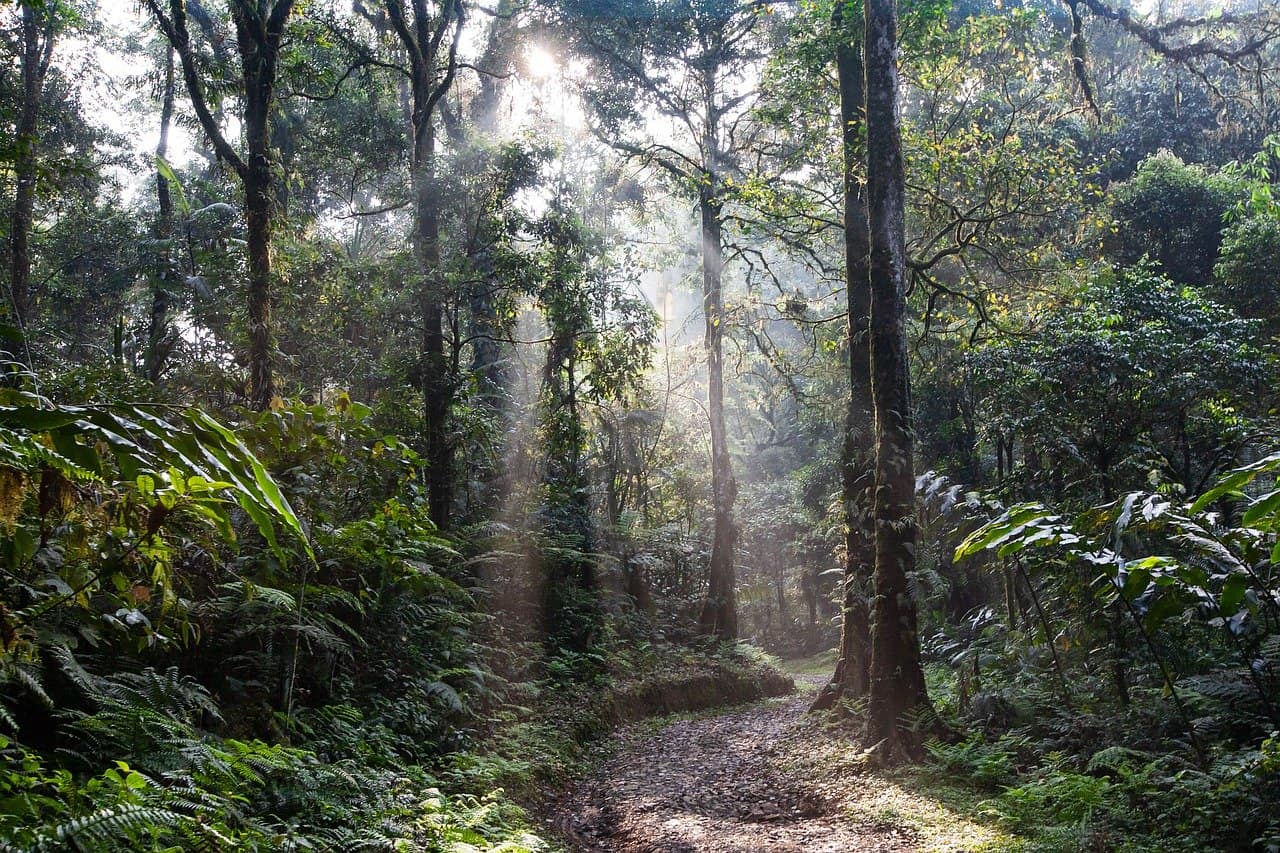
Almost 90% of the plants in the Amazon Rainforest remain undiscovered.
For natives of the rainforest, these plants simply come as resources for their daily needs. However, a whopping 90% of the plants they use regularly are still yet to be tested and discovered by modern science.
Kapok Trees are common in the Amazon Rainforest.
Kapok trees found in the Amazon Rainforest contain at least 650,000 blooming flowers. These trees then read 200 liters worth of nectar.
If the Amazon Rainforest was a country, it would be the 9th largest in the world.
The Amazon Rainforest runs across nine countries in Latin America. If it was considered a country, it would be the 9th largest country in the world. To further illustrate, the forest can fit the entirety of Ireland and the United Kingdom at least 17 times.
The Amazon Rainforest has 80% of our food varieties.
Roughly 80% of our food products originate from the rainforest, which further emphasizes why it’s important to preserve it the best way we could.
Africa nourishes the Amazon Rainforest.
In order to thrive, the Amazon Rainforest needs a constant supply of phosphorus and fresh dust from the topsoil of the Saharan Desert from Africa.
Macaws are one of the Amazon Rainforest's most popular icons.
The rainforest is home to thousands of bird species, including Macaws. They are social and highly intelligent birds that live in flocks. They typicaly live for 60 years and mate for the rest of their life. Follow the adventures of the world’s favorite animated Macaw and witness the Amazon for yourself here.

The planet's health is linked to the Amazon Rainforest.
While the Amazon Rainforest is healthy, it can help stabilize the global and local climate. Each year, it normally pumps at least 7 trillion tons of water into the Earth‘s atmosphere. However, deforestation and industrialization threatens the Amazon’s usual performance. If left unchecked, this can greatly affect the Earth’s environment.
The rainforest faces many threats.
Aside from issues of deforestation, the Amazon Rainforest faces threats in unsustainable and illegal extraction of natural resources, extensive agricultural and cattle ranching explosions, as well as climate change.
Dry spells cause forest fires in the Amazon Rainforest.
Less rainfall and warmer temperatures cause droughts of historic proportions which often lead to forest fires. As a result, many species tend to die out, altering the rainforest’s ecosystem.
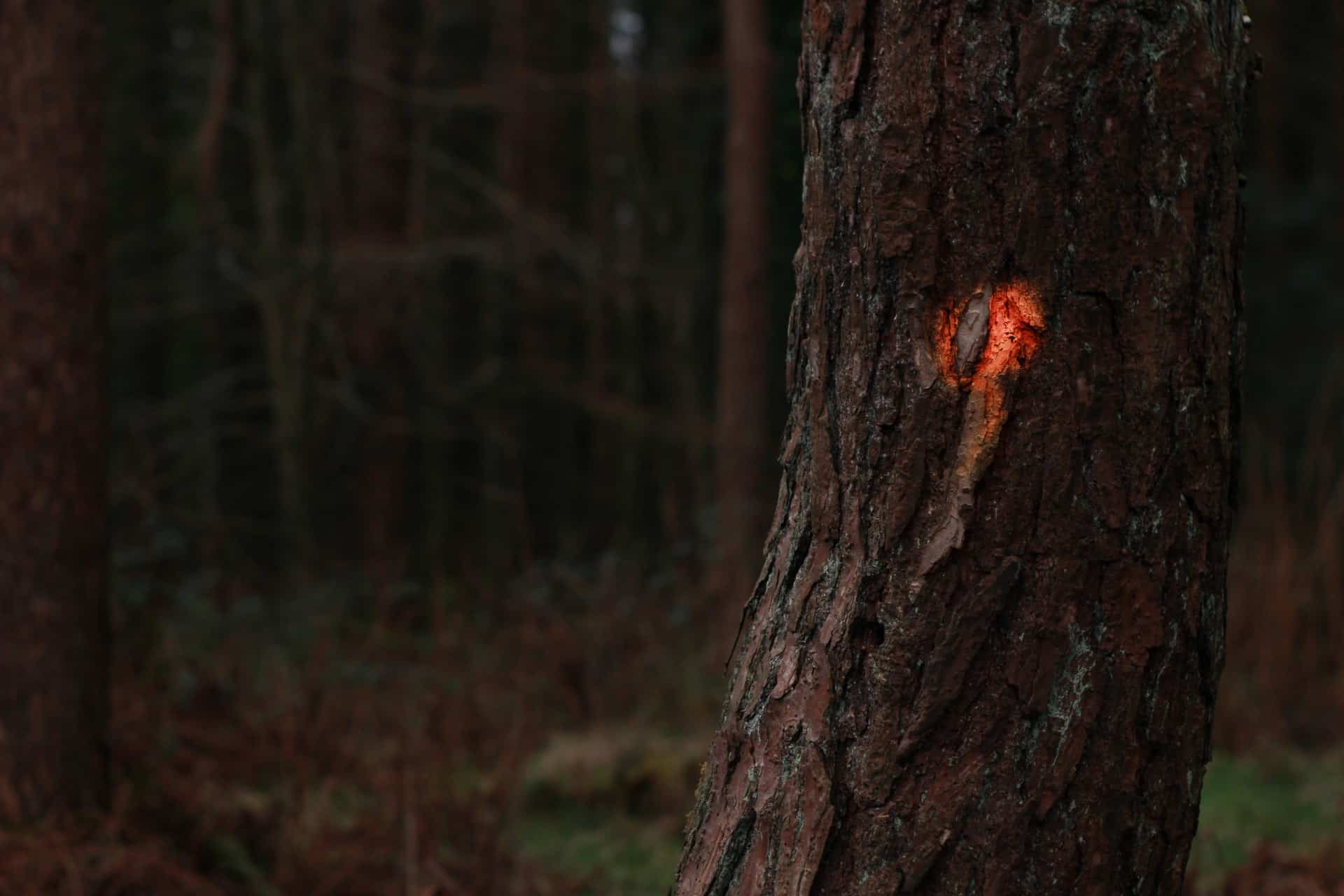
The Amazonia has plants that are shade-tolerant.
From the rainforest’s 40,000 plant species, most of the plants are shade-tolerant. Also called the Amazonia, the Amazon’s forest floor has very minimal contact with the sun due to the dense expanse of tree canopies. This also explains why the forest is mostly moist.
The Amazon Rainforest experiences high, humid temperatures throughout the year.
One of the least known Amazon Rainforest facts is that the Amazonia experiences high temperatures from June to October, peaking at 37.78°C. However, true to its namesake, the forest also experiences occasional rainfall to cool things down.
Jaguars are becoming endangered in the Amazonia.
Deforestation, agriculture, and illegal hunting have decreased Amazon’s population of jaguars over the years. Today, only 6000 jaguar individuals survive in the Amazon Rainforest.
As such, the IUCN has classified jaguars as near-threatened, which makes them considerably closer to extinction than other species. Definitely one of the more unfortunate Amazon Rainforest facts.
There are 150 monkey species in the Amazon Rainforest.
Common species such as tamarin monkeys, spider monkeys, and capuchins live in the Amazonia. It also has unusual native species such as nocturnal night monkeys, bald uakari, and pygmy marmosets.
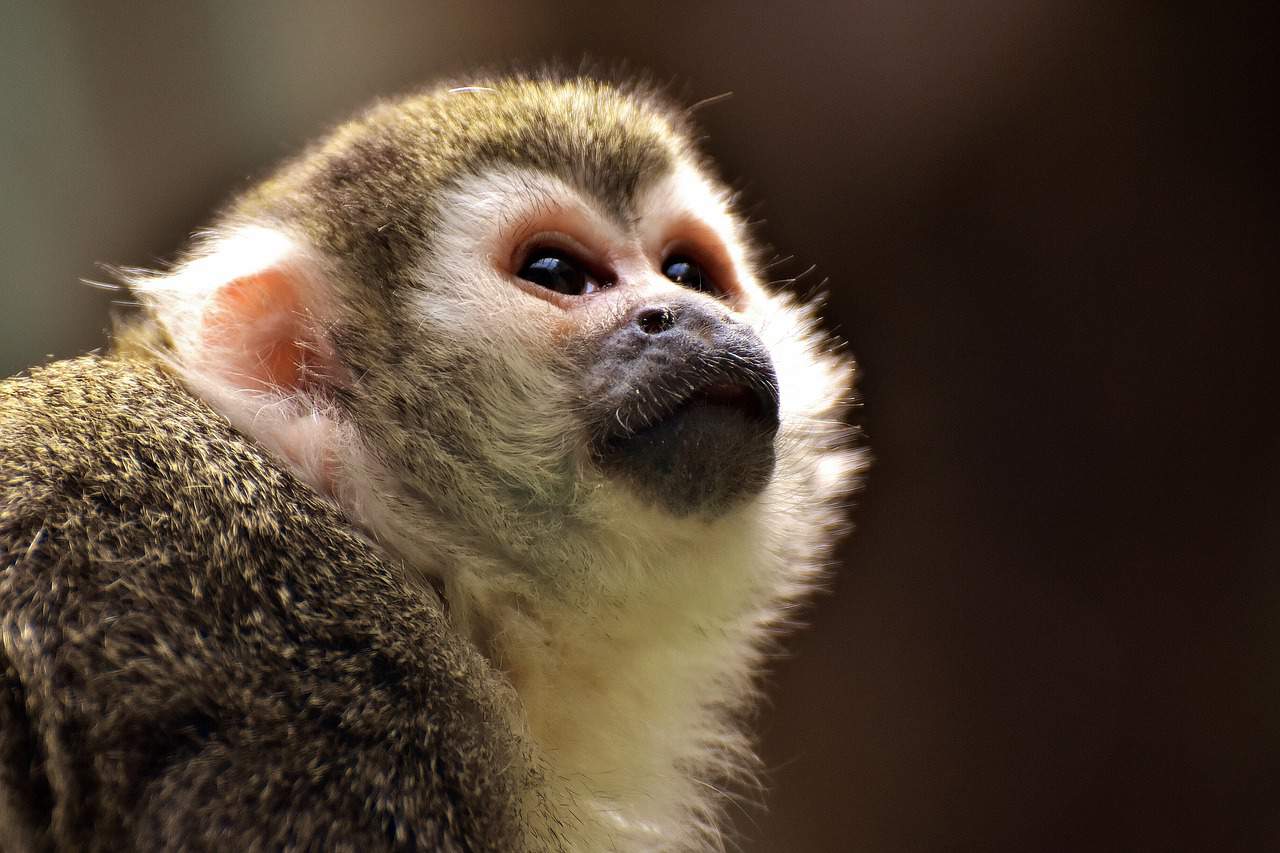
Around 150 bird species are at risk of extinction in the Amazonia.
Similar to other species in the Amazon, industrialization and poaching has robbed many bird species of their habitats. In total, the IUCN classifies around 40 species are endangered and the rest critically endangered in the Amazon Rainforest. Among these threatened species are the Red-browed Amazon and banded cotinga.
Amazon tribes consult with a traditional shaman.
Before seeking the help of Western medicine, indigenous tribes of the Amazon rainforest seek the help of Shamans. Although many remain skeptic, these practices combine natural science with spirituality.
You can help save the Amazon Rainforest through spreading awareness.
The Amazon may be a far cry from its former glory, it’s not too late to do something about it.Through learning about the challenges faced by the rainforest’s ecosystem, you can educate others to support reforestation and conservation efforts.
Almost 20% of the Amazon Rainforest has disappeared.
At the current rate of industrialization, the rainforest suffers a 20,000 square mile vanishing rate each year.
The Amazon Rainforest is burning.
You may have seen this as the headline of many spam emails, but that doesn’t make it any less true. Increased rates of forest fires is a symptom of climate change and human destruction. In 2019 alone, there have been 74,000 records of forest fires, which doubles from 2018’s record of 40,000 cases.
An explorer named the Amazon after female warriors.
Francisco de Orellana, a Spanish explorer, coined the name Amazon after he survived an attack from native warriors of Icamiabas. The warriors reminded him of the fabled Amazon warriors in Greek Mythology. Thus, he named the place that he discovered after them.
The second-largest river is in the Amazon Rainforest.
As the name suggests, the Amazon River lies within the Amazon Rainforest. In total, it spans a 3,977 mile length. This places the Amazon River second only to the Nile River as the longest river in the world, with a few hundred kilometers in difference.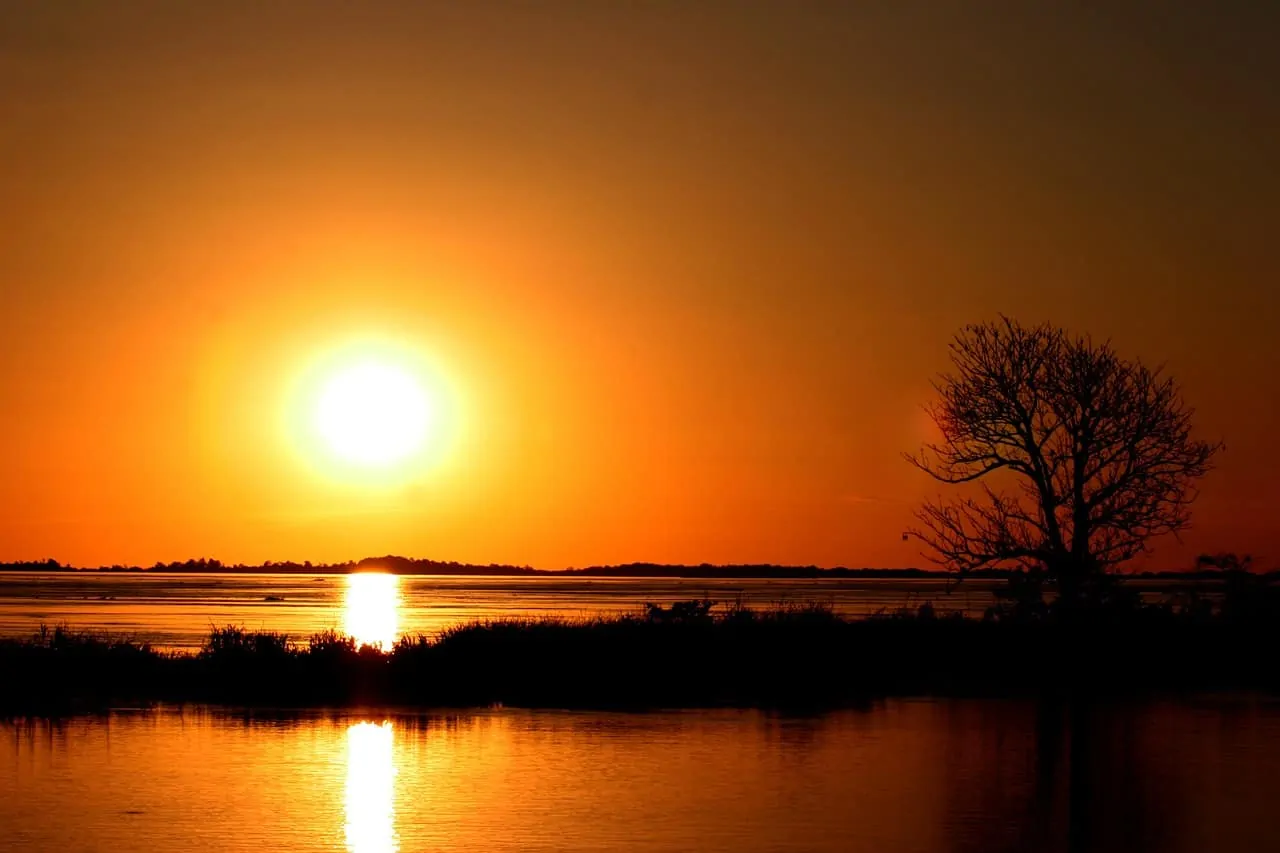
Photo from Pixabay
The Rainforest cannot sustain agricultural activities.
Despite holding many plant species, the land in the Amazon Rainforest is mostly infertile and cannot support the growth of foreign crops. Its soil is generally poor in nutrients.
You can buy land in the Amazon Rainforest through Rainforest Trust.
One of the initiatives to help preserve and save the Amazon Rainforest is through the Rainforest Trust. The fund lets you buy land from the forest to prevent mining, logging, and slash-and-burning. Definitely one of the Amazon Rainforest facts that you should definitely get into.
Was this page helpful?
Our commitment to delivering trustworthy and engaging content is at the heart of what we do. Each fact on our site is contributed by real users like you, bringing a wealth of diverse insights and information. To ensure the highest standards of accuracy and reliability, our dedicated editors meticulously review each submission. This process guarantees that the facts we share are not only fascinating but also credible. Trust in our commitment to quality and authenticity as you explore and learn with us.


